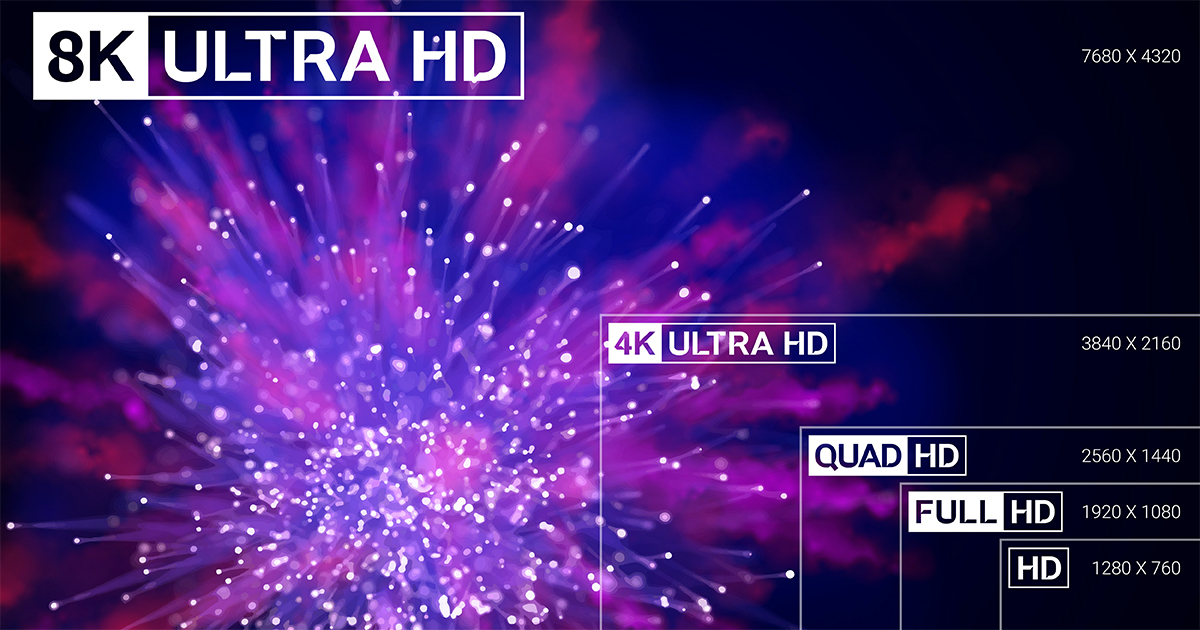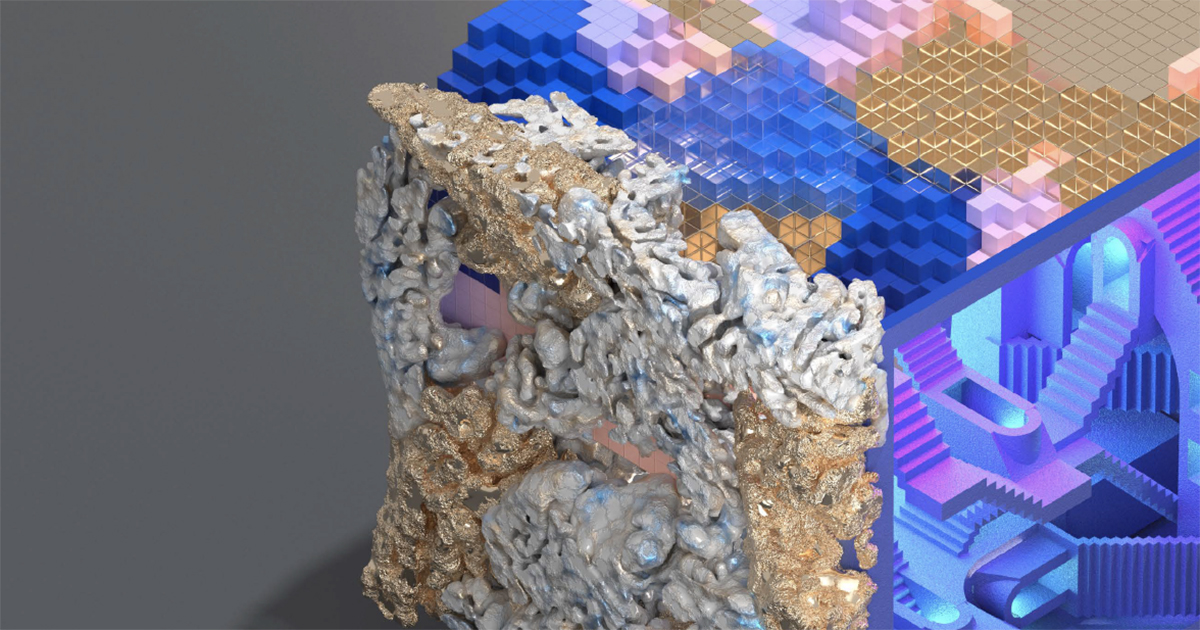Different Ultra High Definition content compression techniques have been tested in laboratories for the encoding of 8K resolution content with HEVC standards and existing hardware on the market.
The 8K video format has a resolution of 7680 pixels x 4320 lines. It is therefore a format that quadruples the total number of pixels compared to 4K. Increasing the pixel density of the screen results in an improvement in the viewing experience, perceived as sharper edges, brighter colors and increased contrast and depth.
Spanish engineering company SAPEC recently cooperated with national public broadcaster RTVE to demonstrate that 8K transmission over DVB-T2 is possible. This pilot test was conducted last October from different transmission points including Torrespaña or the UPM College Telecommunication.
The presentation and demonstration of this event were streamed from the RTVE Institute (Madrid) within the framework of the RTVE-UPM Chair. This test is seen as a milestone, being the world’s first broadcast of an 8K signal over a DVB-T2 channel.
There are already televisions on the market that support UHD 8K resolution. However, being able to cover the entire transmission chain continues to present significant challenges.
Currently, the best option available to compress 8K video is the HEVC (High-Efficiency Video Coding) standard, also known as ITU H.265. As already mentioned, the 8K format quadruples the number of pixels compared to 4K, which implies an increase in the bandwidth requirement necessary to transmit the signal.
According to the first tests, using HEVC, the bitrate needed for 8K video transmission at optimal quality would be slightly more than double that for 4K. Thus, the required bitrate values are so high that they could exceed the maximum conditions of some live broadcast media infrastructures. These required bitrate values can be reduced if you work off-line (without real-time requirements) applying different compression techniques.
In addition to bandwidth requirements, attention must also be paid to time requirements — he strictest case being live or real-time compression, in which the compression speed must be equal to or greater than the rate of images per second.
To meet this challenge, SAPEC engineers have implemented temporal and spatial parallelization techniques offered by the HEVC standard. Spatial parallelization means dividing the image into smaller fragments so that they are processed in parallel, to later receive the result of each of the fragments and form a single output stream.
Temporal parallelization executes the work of compression of images (or groups of images) that do not have dependencies between them, at the same time. It is also possible, especially if working with files and the low delay is not a requirement, to divide the sequence into fragments corresponding to one or more GOPs (Group Of Pictures).
The problems that arise for compression today in terms of bandwidth and greater processing capacity requirement (although they could be solved with current tools) it is to be expected that in the near future more efficient solutions in bandwidth and required hardware cost will emerge – for instance the launch of new compression standards such as H. 266/VVC (Versatile Video Coding) together with the improvement of the actual hardware.
Technical Article
SAPEC has reflected its experiences and techniques used on these tests in a document that goes into technical detail. In this article you can find more information about the parallelization techniques and the bibliographic references used in this study. Access the Technical Article: https://sapec.es/technical-articles/






Discussion
Responses (2)